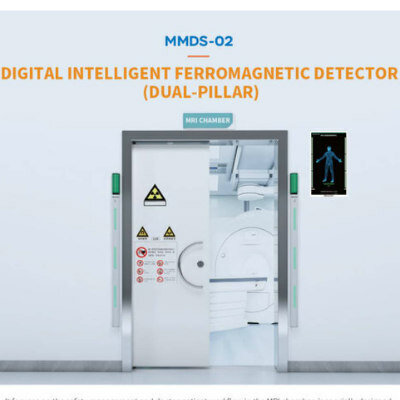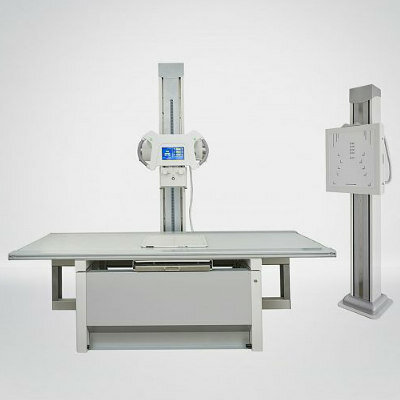Optimization Models Improve Radiation Therapy for Cancer Patients
By MedImaging International staff writers
Posted on 02 Nov 2011
Engineering researchers have developed mathematical optimization models that will make radiation treatment plans safer and more efficient than conventional plans.Posted on 02 Nov 2011
Conventional radiation therapy uses a single, cumulative treatment plan that disregards changes in tumor geometry and biology over time. However, recent technologic developments have made it possible to capture these changes throughout the course of treatment.
Working with geometric and biologic data gathered from the most advanced technology used to capture tumor changes, the University of Arkansas (Fayetteville, USA) researchers achieve optimization in terms of delivering the maximum dose of energy to the tumor without undue risk to surrounding healthy tissues. By integrating the most recent data about tumor geometry and biology, the researchers’ models will help optimize radiation treatment on a per-session and cumulative basis.
“This is one of the first efforts to develop a method of radiation therapy optimization that uses biological information while maintaining both cumulative and per-fraction, or per-session, dose constraints,” said Dr. Behlul Saka, who recently completed his doctorate in industrial engineering. “Our optimization models may be used to generate treatment plans based on tumor biology prior to treatment, but also may react to changing tumor biology throughout treatment.”
More than one million people in the United States alone are diagnosed with cancer yearly, and more than half of these patients receive radiation therapy at some point during treatment. This type of therapy destroys cancer cells or slows their rate of growth by applying high-energy rays to tumors. Traditional radiation therapy involves shooting radiation from different beam angles with a linear accelerator that rotates around the patient. The variety of beam angles limits radiation exposure and thus spare healthy tissues exposed from particular angles while concentrating their combined effect on the tumor. Care is usually taken to ensure homogeneous distributions of radiation across the tumor.
Intensity-modulated radiation therapy (IMRT) addresses the limitations of conventional radiation therapy by delivering small parts of rays, called beamlets, directly to specific sections or specific points on a tumor while also sparing healthy tissue. To clarify, with IMRT, the radiation dose conforms more precisely to the three-dimensional (3D) shape of the tumor.
Dr. Saka’s research adds to the advantages of IMRT by developing optimized treatment plans in response to changes in tumor geometry measured against cumulative and per-session doses. To build the models, he relied on anonymous, archived patient data. Dr. Saka tested the models on two simulated cases of lung cancer. These cases demonstrated clinically significant improvements in tumor response over time. On a different simulated test case, by comparing tumor hypoxia information, the models demonstrated considerable improvements in controlling a tumor. These gains in tumor control and average doses were significant throughout treatment. The models also displayed the volatility of tumor control in relation to emerging alterations in tumor hypoxia values.
“This work suggests that a homogeneous approach to dose distributions across the tumor can be greatly improved upon,” Dr. Saka said. “Nonhomogeneous distributions that [are] varying doses according biological responses of the tumor apparently can be much more effective. Of course, clinical trials will be required to confirm these simulation findings.”
Dr. Saka continues his research on improved cancer treatment planning as a research scientist at Elekta, AB (Stockholm, Sweden), a healthcare company that develops clinical solutions for treating cancer and brain disorders. His work at the University of Arkansas was completed under the direction of Ron Rardin, professor also director of the Center for Innovation in Healthcare Logistics at the University of Arkansas. Prof. Rardin and his students have been working on radiation planning optimization for more than a decade. “I believe Behlul’s work points the way to much more refined treatment planning, by exploiting more of the information available as the tumor changes through 25 to 50 daily treatment sessions,” Prof. Rardin said. Prof. Rardin is also director of the Center for Innovation in Healthcare Logistics at the University of Arkansas.
Related Links:
University of Arkansas
Elekta













